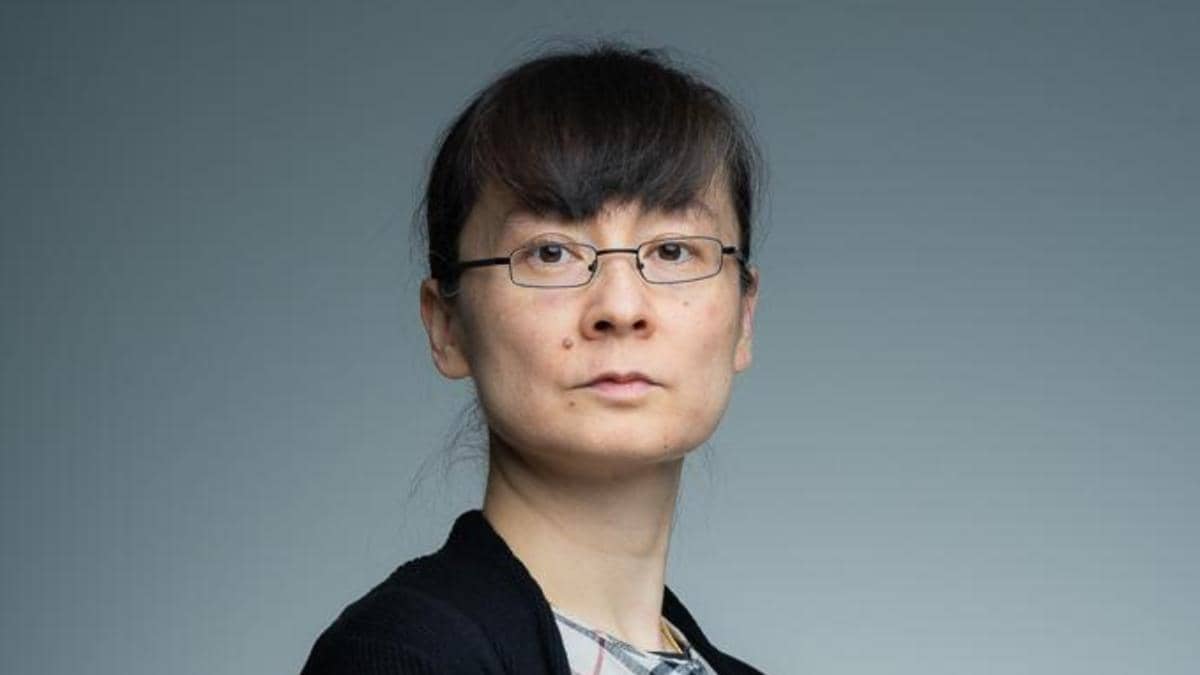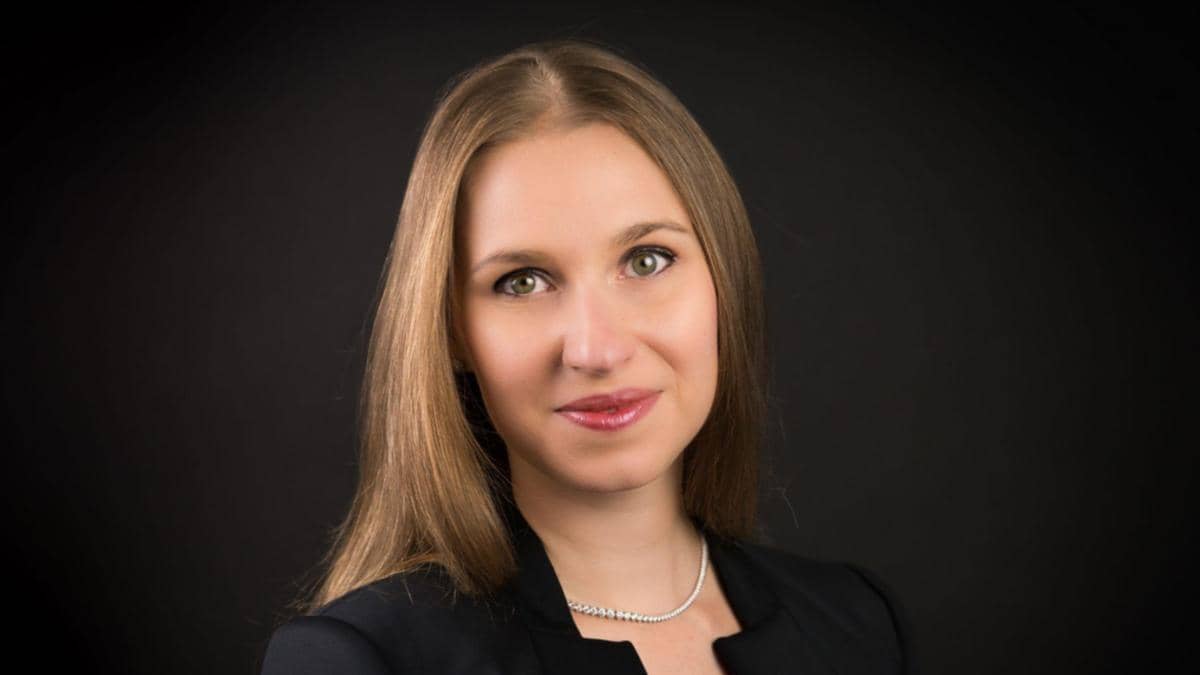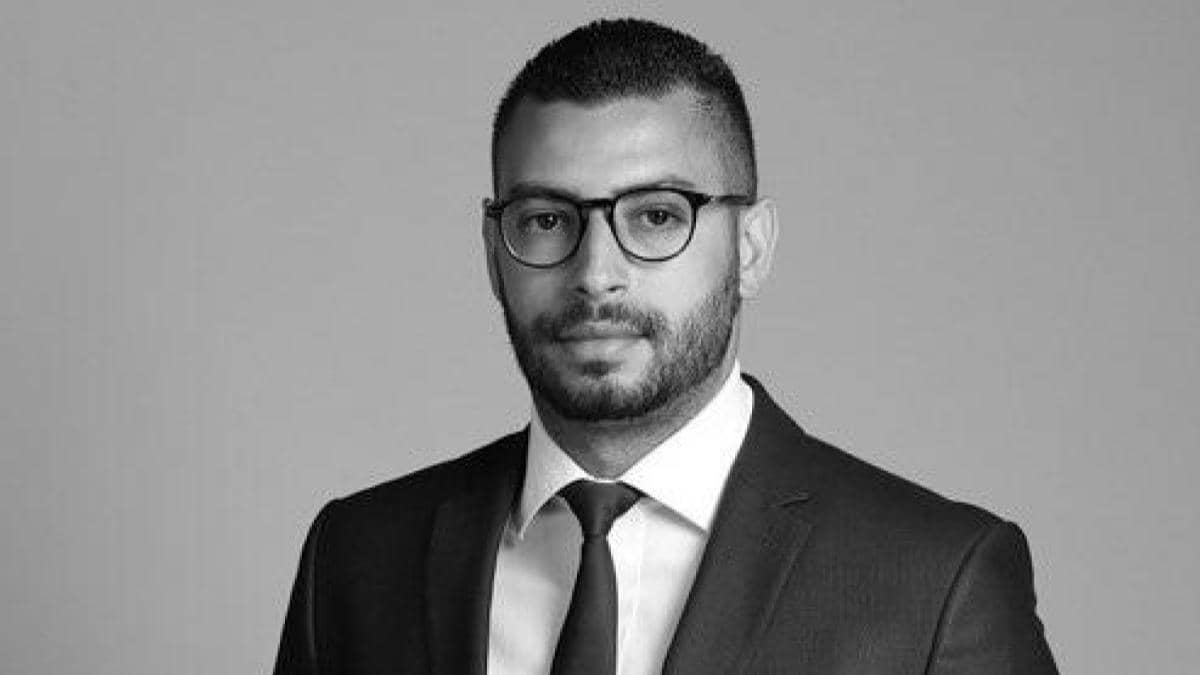Diego Bossio, Fund Selector of the Month
29 JUL, 2020
By Ana Andrés
Our Fund Selector of the Month is Diego Bossio, Portfolio Manager and Fund Selector at Banca Reale. Diego Bossio is a member of the asset management Team of Banca Reale and is focused on multi-asset portfolio management and fund selection, and manages the Unit Linked Insurance Portfolios at Reale Group. Diego has a 7-year experience in financial markets, starting his career in 2013 as an Investment analyst before joining Banca Reale in 2015. Diego holds a Master of Science in Finance from the University of Turin.

Taking a brief look at your working life, what would you highlight about your professional career?
I have had a keen interest in finance and asset management since the early years of university. The curiosity and willingness to learn day by day allowed me to do an extremely interesting activity today, that is, the management of almost 1 billion of investments on global financial markets across asset classes and countries. The chance to understand how economies and financial markets work, together with the possibility to interact and have exposure to incredible financial professionals around the world is one of the most interesting aspects of my professional career.
How is your day to day since you arrive at the office?
My day to day activities are focused on asset allocation, portfolio management and fund selection for all the mark to market insurance portfolios. As global investors, we try to understand what is the best asset allocation for our portfolios, taking into account a mix of macroeconomic, fundamental and technical factors. Trying to identify managers who are highly skilled, diligent and persistent and whose interests are aligned with ours is certainly at the center of the investment process.
What is the greatest challenge as a fund selector?
Looking for high risk-adjusted performance is becoming increasingly challenging for investors. For this reason, we look for funds with a solid investment process that have produced top quartile alpha relative to the category benchmark index across different market phases and horizons. To do so, a detailed quantitative analysis, coupled with a qualitative assessment of the management team and process, is crucial to identifying those funds that will continue to deliver superior performance in the future with a high level of probability.
What aspects do you consider most important when selecting a fund for a portfolio?
The risk-adjusted performance, absolute or relative to the category benchmark index, is one of the most important factors that we consider. But we also attach great importance to other qualitative characteristics, such as an advanced knowledge of investments by the portfolio management team, a keen focus on the investment process, and a genuine interest in seeking new information about the latest technologies, economic developments and market sentiment.
Within the fund selection process, which task is the most time consuming?
The qualitative assessment is, without any doubt, one of the most time consuming. Transcripts of all the notes taken during the "conference calls" or meetings with the Portfolio Manager requires time and is challenging, because of some qualitative characteristics, such as the ability to focus and the degree of focus, which are difficult to measure objectively.
What kind of adjustments did you make in the portfolios that you manage, in terms of hedging or risk management? How does the adequate asset allocation look right now?
When our aim is to protect our portfolios from drawdowns, we not only consider traditional defensive asset classes, such as the US Treasury, gold or the Japanese Yen, but we also take into consideration some strategies within the absolute return space negatively correlated with equity markets, which have worked well during the market sell-off.
In terms of asset allocation, we maintained a very prudent positioning across risky assets during the market downturn in February and March, being overweight core government bonds and underweight equities, low-rated corporate bonds and emerging market bonds. We have subsequently increased our allocation to investment grade credit thanks above all to the unprecedented monetary stimulus provided by Central Banks across the globe.
On equities, after having maintained a cautious approach by investing in defensive sectors and low beta strategies during Q2, we are carefully looking for entry points in cyclical and value sectors, considering our central macroeconomic scenario of gradual recovery in Q3 and Q4.
Could you name any alternative investment options with high and long-term potential even during the current crisis?
In the first half of February we invested in some volatility strategies, whose aim is to generate absolute uncorrelated returns by exploiting pricing discrepancies arising from differences between returns volatility implied by options prices and manager expectations of future volatility. These strategies have worked extremely well during the sell-off, exhibiting negative correlation with equities, commodities and hedge fund indexes. We continue to be invested in these strategies, as favourable volatility environment should remain for some time as many uncertainties are likely to prevail, despite bullish equity markets.
What’s the real role of thematic funds in portfolios? Can you tell us about a thematic fund recently included in your portfolio?
Investors focus is rapidly shifting to more sustainable investments. Themes such as Medical technology, cybersecurity and biotech not only proved resilient in the downturn, but are also expected to capture growth in the post-pandemic environment. Covid-19 has also accelerated existing megatrends such as digitalisation, cloud computing and "e-commerce", proving the biggest beneficiaries from a population working, shopping, socialising and spending time at home.
In discretionary portfolio management, what role does passive management play?
Passive management plays a crucial role in our discretionary mandates. We implement a core-satellite approach, in which the core of the portfolio consists of passive investments that track major market indices, whose exposure changes dynamically over time depending on the ex-ante level of active risk that we target in our portfolios.


